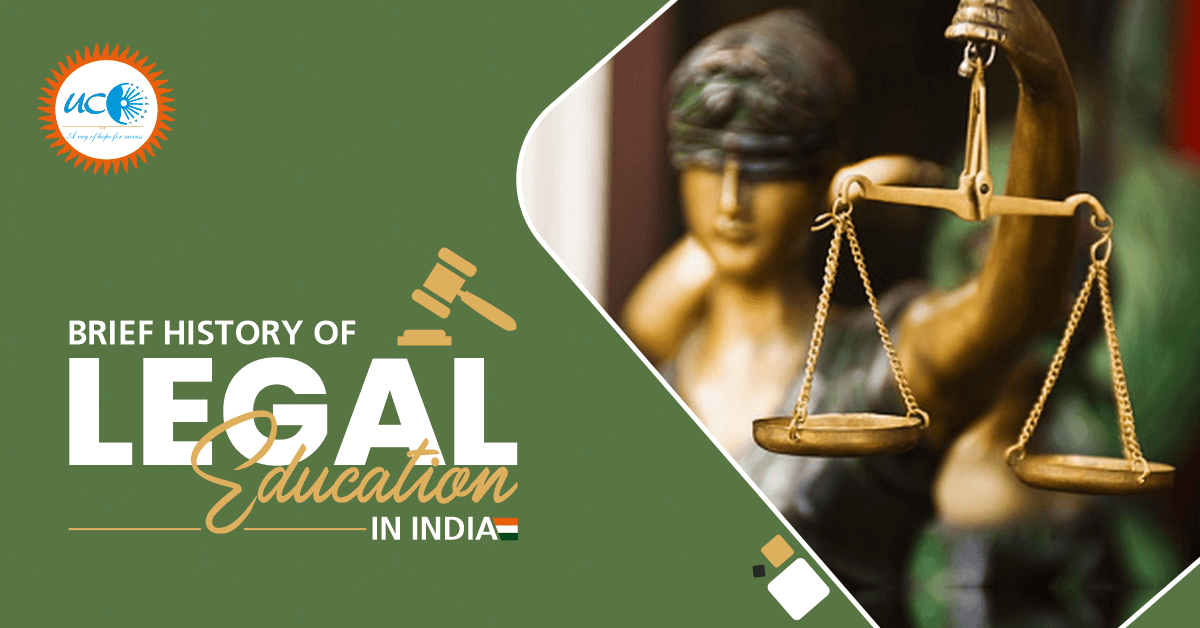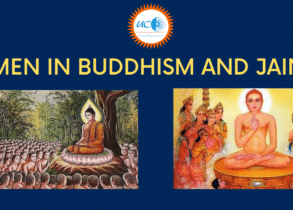Brief History of legal education in India
Since the dawn of human evolution towards civilization, the law has been an integral part of conscious, religion and ethics. Law in India has since then evolved right from the early religious prescription, a legal order based on the concept of “Dharma” to educing to the current legal system decussating and traversing through the secular legal system and common law.
Legal education in India can be traced back to the Vedic age, where knowledge and guidance towards interpreting the law, within the concept of Dharma, was then self-acquired. Back then Smrithikaras and Nibhandakaras were the legal guardians of law, who interpreted Vedas, the original source of law. Habitude of legal process in ancient India carried on through Sadachara, customs, nyaya and yukti, have been enriched by various practitioners from different Hindu philosophical schools and later by Jains and Buddhists.
Manu Smriti evidences the legal practitioners in ancient India indigenously known as “Niyogis” who represented the parties in litigation in ancient India.
During the many reigns of multiple rulers in India, court systems as an essential feature began to emerge, thanks to many ruling dynasties of ancient India courts system varied from region to region.
The advent of the British with the East India Company ushered in a common law system where laws based on legal precedents established by courts. In 1776, under the seal of King George I, Mayor’s Courts were established in Madras, Bombay and Calcutta. The Battle of Plassey and the consequent victory of the British resulted in the expansion of the Mayoral Court system beyond three cities, replacing the then existing Mugal system of court eventually.
After the Crown takeover in 1857, Supreme Court came to be set up replacing Mayor Courts. The India High Court Act of 1862 replaced the first established Supreme Court, setting up a hierarchical system of courts.
The then existing ‘vakils’ during the Mughals period continued as client representatives. However, the newly established Supreme Court only allowed English, Irish and Scottish law practitioners, the restriction was later lifted with the Legal Practitioners Act, 1879, opening the door to the legal professionals regardless of nationality or religion.
The First Law Commission in 1834 took up the task of coding law and under the chairmanship of Thomas Babington Macaulay, Indian Penal Code was enacted and brought into force in 1862. For almost a century from 1857 to 1957, formal legal education was imparted in English as a two-year course with a straight lecture method.
Post-independence, the tallest leaders of the independence movement who were lawyers, forged a legal education and legal profession system that would require sufficient skill with broad understanding and knowledge of law and principles to practice and preserve the legal system of a new nation.
The Constitution of India as the guiding light, the Advocate’s Act of 1961 came to be the focal point of legal education system presently in existence.
Today in India, a student can pursue 3 years course (LLB) after completing an undergraduate course (in any discipline) and 5 years integrated (BA, B.Com, BBA, BSc) law course after passing the senior secondary examination.






